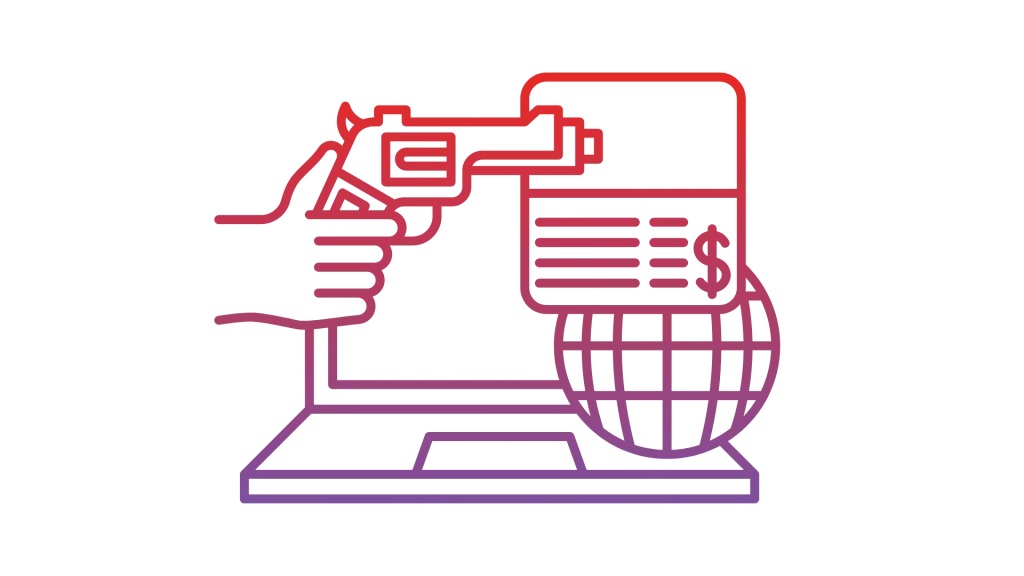From Breach to Prevention: The Role of Deep and Dark Web Monitoring in Cybersecurity

Hoplon InfoSec
25 Aug, 2025
Cyberattacks rarely start at your firewall. Often, the first signs of an impending breach appear long before attackers reach your network, lurking in the hidden corners of the internet. Stolen credentials, sensitive corporate data, and hacking tools are quietly exchanged on platforms that remain invisible to traditional monitoring. These underground marketplaces, collectively referred to as the deep and dark web, are where cybercriminals plan, trade, and prepare attacks. In 2025, proactive defense requires businesses to monitor these hidden channels, transforming early intelligence into actionable prevention.
The deep web is a collection of non-indexed online content, including private databases, internal company portals, and subscription-based services. While not inherently malicious, it contains areas where sensitive data may be unintentionally exposed. The dark web, however, is intentionally concealed and accessible only through encrypted browsers, making it a safe haven for criminal activity. On these networks, stolen credit cards, leaked login credentials, and pre-built malware kits are bought and sold like commodities. Companies that do not monitor these spaces are effectively blind to the earliest signals of compromise.
Real-world examples illustrate the value of early detection. A retail company discovered its customer data for sale on a dark web forum months after the breach occurred, leaving the organization scrambling to contain the fallout. By contrast, a logistics firm equipped with deep and dark web monitoring received alerts when employee credentials appeared in underground markets. The firm promptly initiated password resets and security checks, neutralizing the threat before attackers could leverage the information. The difference between these outcomes lies in proactive visibility and timely response.

Monitoring the deep and dark web is not a matter of curiosity—it is a strategic necessity. Intelligence from these hidden networks reveals whether credentials are circulating, if brand or domain names are being impersonated, or if coordinated attack campaigns are being planned. With this insight, companies gain precious time to strengthen defenses, notify affected parties, and implement security protocols before breaches occur.
Cybersecurity in 2025 is no longer defined solely by the ability to block intrusions. It is defined by the capacity to anticipate threats, detect early indicators, and act decisively. Deep and dark web monitoring converts hidden threats into visible intelligence, allowing organizations to transition from reactive responders to proactive defenders. By watching the shadows where attacks are born, businesses safeguard their assets, reputation, and customer trust, turning potential crises into preventable events.
Helpful Resource:
Reuters
Share this :